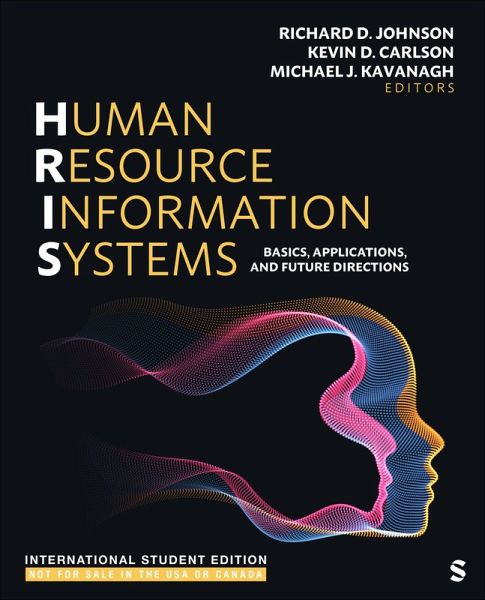
Human Resource Information Systems - International Student Edition
Basics, Applications, and Future Directions
Herausgeber: Carlson, Kevin D.; Johnson, Richard D; Kavanagh, Michael J.
Versandkostenfrei!
Sofort lieferbar
99,99 €
inkl. MwSt.

PAYBACK Punkte
50 °P sammeln!
Unlike other texts that overwhelm students with technical information and jargon, this revised Sixth Edition offers a balanced approach in dealing with HR issues and IT/IS issues by drawing from experts in both areas. It includes the latest research and developments in the areas of information security, privacy, cloud computing, social media, and HR analytics. Numerous examples, best practices, discussion questions, and case studies, make this book the most student-friendly and current text on the market.












